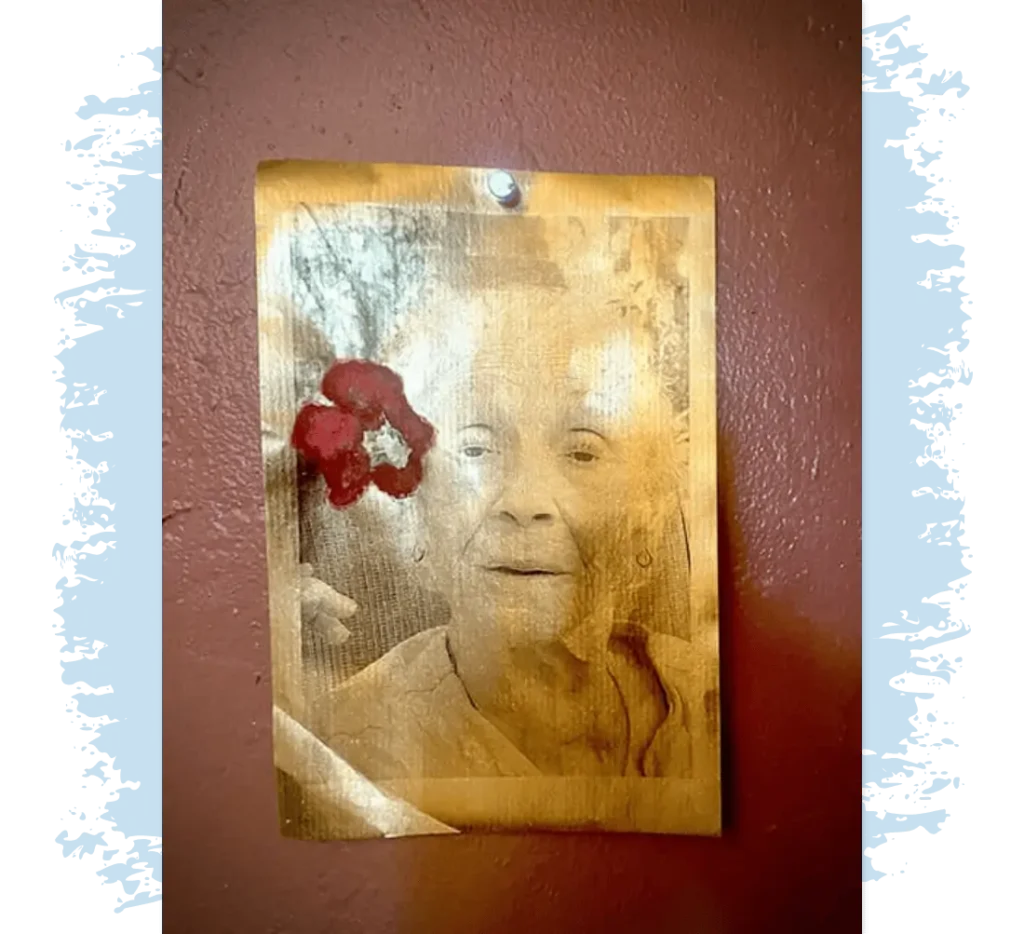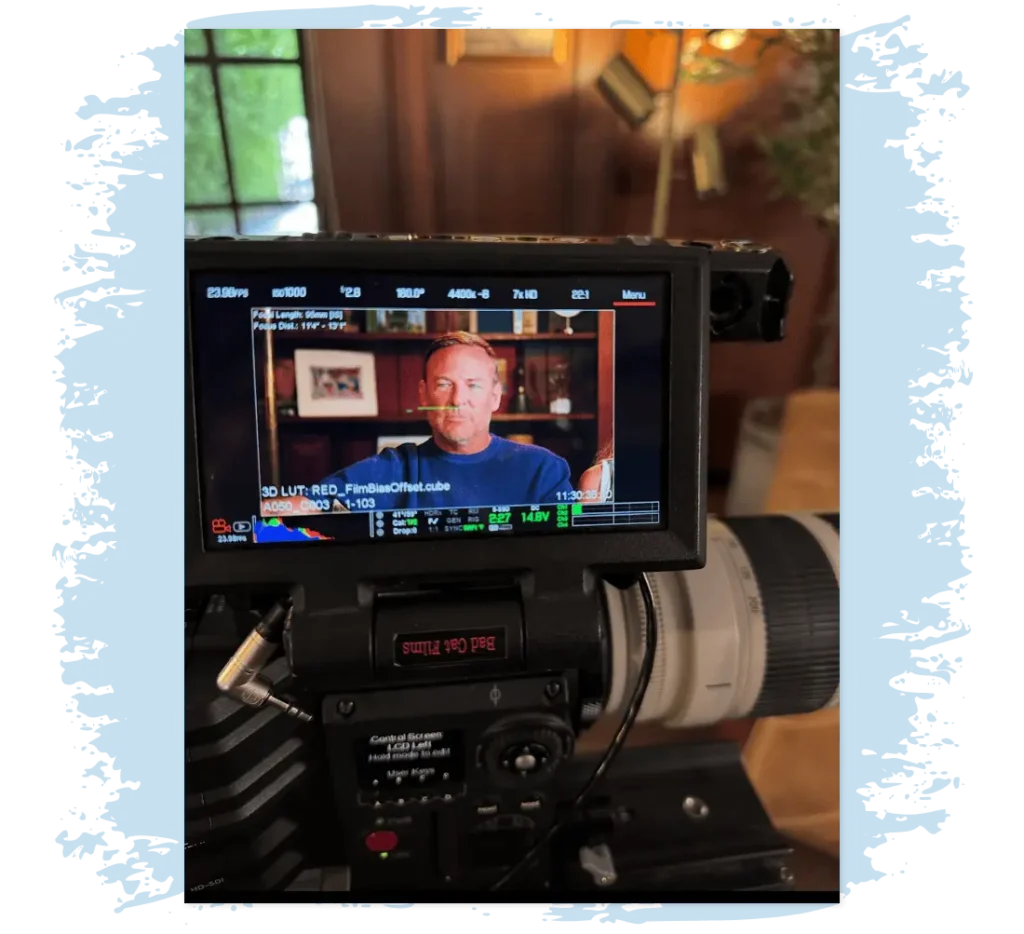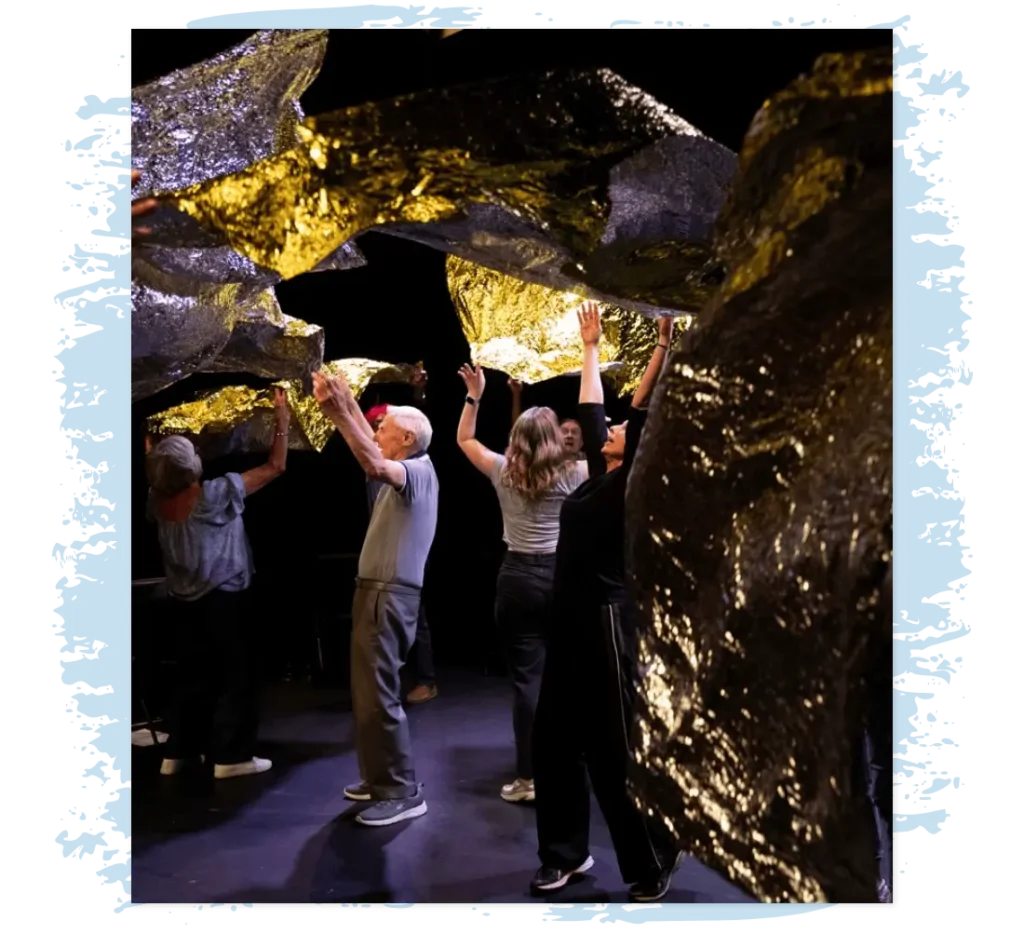What is The Gold Room and how did it come to be?
The Gold Room, produced by Phonograph Films, LLC, is a traveling, growing exhibition of portraits in honor of individuals living with dementia. The photographs are printed on gold Joss paper (composed of gold leaf on bamboo paper) inspired by “ancestor money” of the Buddhist and Taoist traditions in which the living burn symbolic currency as an act of care for their departed ancestors in the afterlife.
The Gold Room aims to elevate and honor the lives of those often marginalized in our society. The ongoing exhibition will build a large volume of 5 x 7” portraits over time, capturing the dignity, resilience, and humanity of individuals living with dementia. The photographs will be available to organizations and community groups to add pictures of their own, and local gold rooms can be hosted worldwide.
In Buffalo, NY, we are beginning to produce monthly respite events in Spanish, titled Café del Sol, following the existing model of a memory café in collaboration with the Hispanic Heritage Cultural Institute of Western New York. Memory cafés are welcoming social gatherings for people living with cognitive changes and the people who care about them. A café is a place to have fun, talk with others who understand what you’re going through, and try something new!
At its core, The Gold Room seeks to promote information on “strength-based care,” which focuses on the abilities that remain in those living with dementia, rather than what is lost. The project explores the implications of various forms of care in relation to social justice.
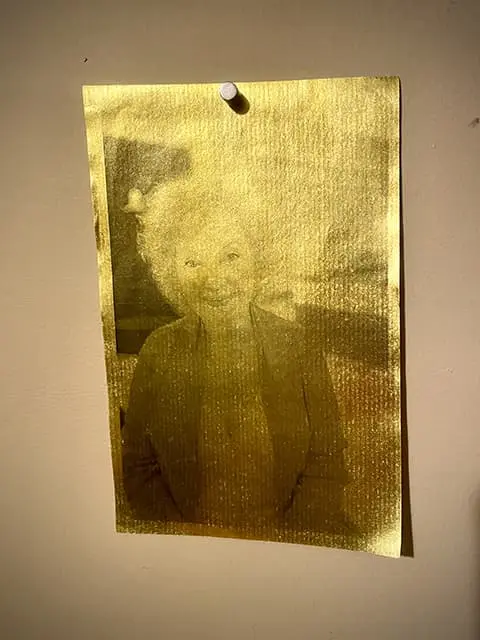
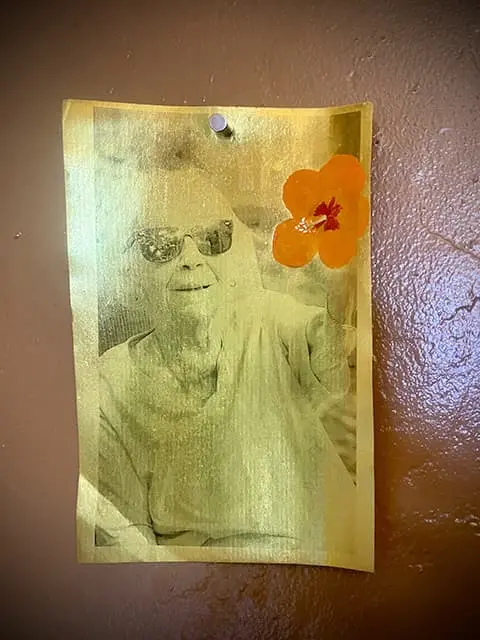
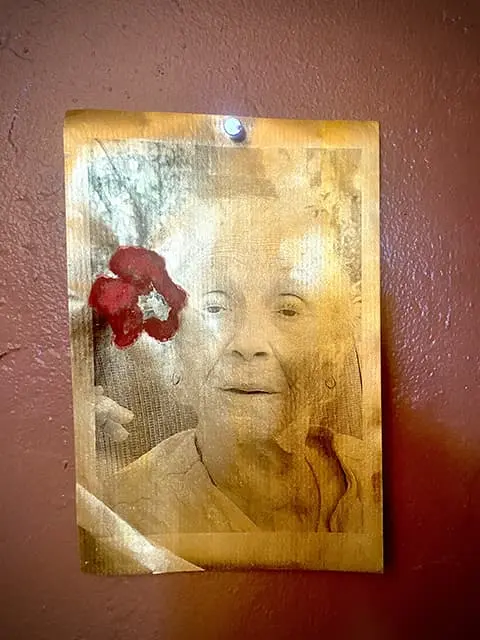
Who initially inspired you to grapple with dementia?
I have been walking the path of dementia with my mother, Nilda, for 8 years now. The process had started earlier but—like most people—we didn’t recognize the signs. When my father passed away, the sudden grief surrounding the loss of her love and companion of 50 years took a toll on my mother. Her cognitive abilities suddenly declined.
I found myself unable to travel to far-away locations for months to make films after participating in Venice Biennale. During this time, I had hired a caregiver, who did not have any experience with cognitive decline, and my mother was able to wander away from our house. Thank goodness a nurse saw her confused and about to cross a large avenue; he pulled over his car, called the number in her medical alert bracelet, and I was able to track her mobile phone.
I decided at that point that my film and artwork needed to align with my new life. I refused to follow the narrative that caregivers need to sacrifice their life’s work and the issues surrounding dementia became fuel for my creative thrust.
How has working on dementia-related art changed you?
Working in this field has profoundly deepened my view of the world and, on a larger scale, my relationship to “reality” and what that means.
My creative work has always been concerned with the fact that films are so special to humans because, like us, moving images mostly depend on a physical apparatus (a body) in order to be seen, and just like human bodies these technologies age, become obsolete, and perish. I find it fascinating that even though moving images are created by a series of optical illusions, they are widely accepted as “truthful” in our cultures, so much so that moving images are often equated with human memories and have become integral to how humans understand, validate, and even create new realities. These values represent a double-edged sword because they are based on an illusory theory at best, but also because new technologies are becoming so sophisticated that humans are beginning to confuse what is actual or “real” with various types of refined artificial constructions.
Living with dementia rattles the way we see the world. Like poetry, one has to accept that the meaning of some words sometimes isn’t literal, but rather derives from their context or their emphasis. Artists are used to living with things that don’t yet exist.
It is amazing how many things one accepts living with dementia that we deemed unacceptable in the past. Living with dementia makes us adaptable and more compassionate. Living with dementia also spins other ways to understand identity, history, transculturalism, power, and acceptance.
How has The Gold Room been received?
The Gold Room has not yet premiered. Thanks to Dementia Spring and the Dementia Arts Impact Award we will #makecarevisibe and #remembertoforget the stigma and negative framework that has surrounded dementia for too long.
This work is dedicated to: my mother, Nilda, and to all the caregivers out there who are caring for their loved ones at home. We see you. We appreciate the work you do. We see your love in action. You inspire us. You are not alone.
Find more from Juan Carlos Zaldivar on his websites at zaldivar.info and Phonographfilms.com, as well as on Instagram.

